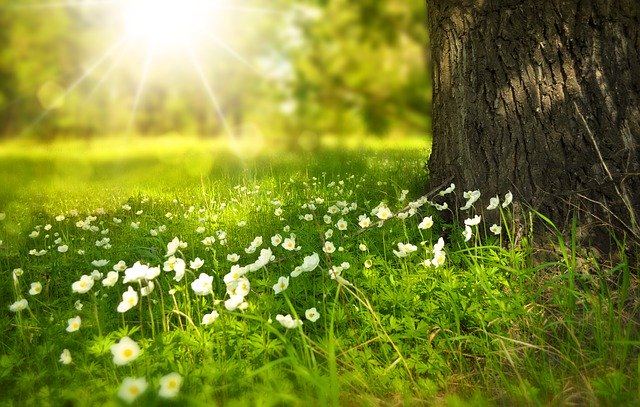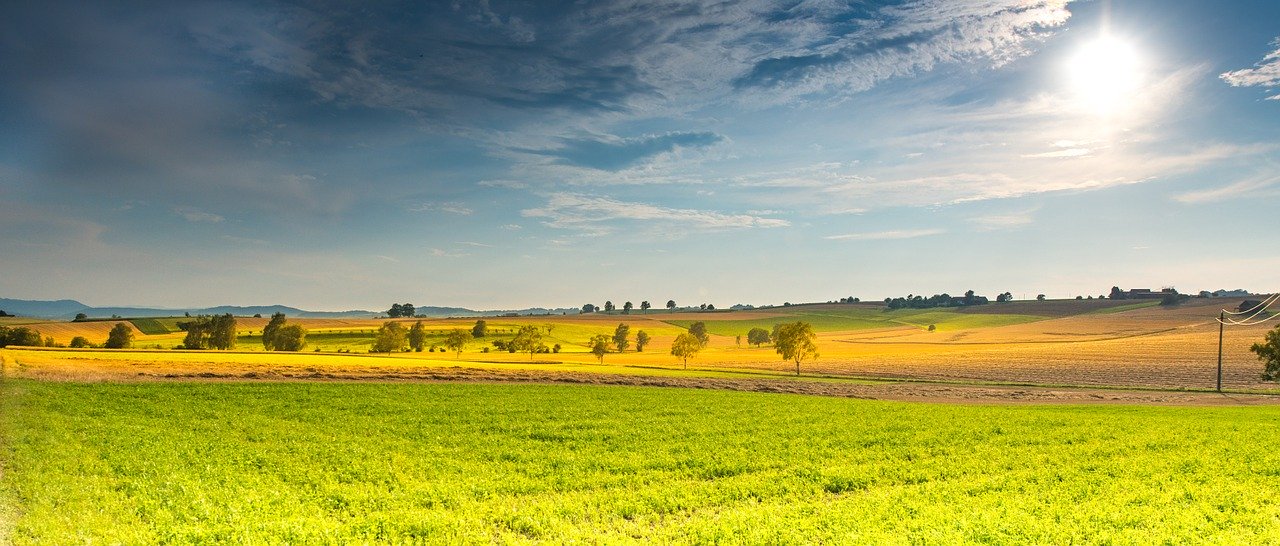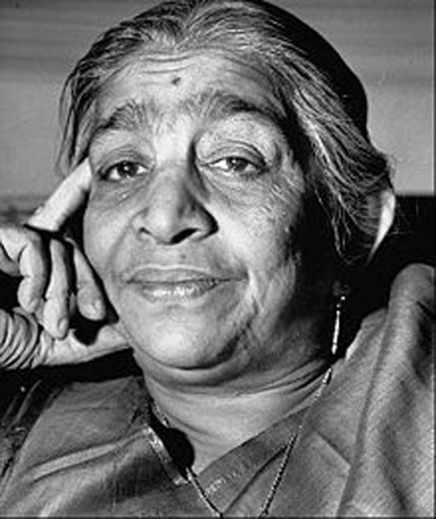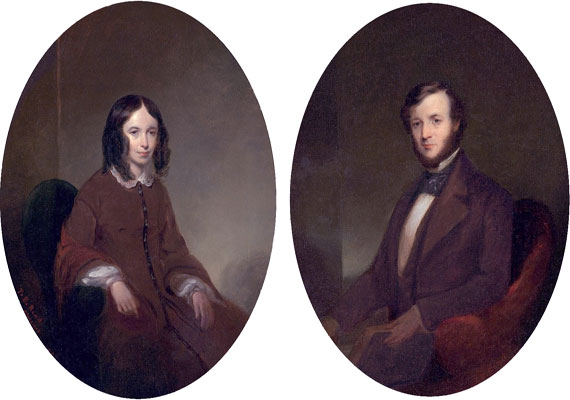In this To a Butterfly analysis, we will engage with the text at a deeper level.
William Wordsworth wrote copiously about nature. Objects of nature in the external world fired his imagination and evoked myriad emotions, thoughts, and memories. This connection between nature and the internal state of the poet can be found in many of Wordsworth’s poems, including To a Butterfly.
To a Butterfly: Analysis
In the first stanza, the poet expresses how a butterfly in his garden has captured his fancy. While appreciating the beauty of the butterfly, the poet focuses specifically on the stillness of the little creature. The calmness of the butterfly and the harmony it enjoys with its surroundings sensitize the poet’s senses. In this regard, this poem is a wonderful example of Romantic poetry, which stresses subjectivity. In this poem, it is not really the butterfly that is of value; instead, what is notable are the thoughts and perceptions of Wordsworth with regard to the butterfly. In this poem, the butterfly is not just a beautiful object of nature for the poet but also a portal that the poet uses to travel back to the beautiful times of his childhood. The beauty of the butterfly reminds the poet of the beauty of his childhood, and both are seamlessly connected to each other in this poem.
A lot of Romantic poets chose Nature as their subject matter, and Wordsworth was no exception in this regard – well-revered as he was for his Nature poetry. We find this engagement with nature into a Butterfly as well. The poet treats the butterfly as a human who is capable of understanding what the poet is saying and reciprocating his emotions. Tenderly, the poet asks the butterfly to visit him and his sister in his garden and partake in their conversation in which they reminisce the sweet innocent days of their childhood. Nature is meant to be harmonious, and the poet tries to extend this natural harmony into his human life by urging the butterfly to come rest in his orchard and use it as a sanctuary whenever it pleases.
The Romantics were greatly occupied with childhood, for they associated this period of life with the uncorrupted capacity for wonder that is important for poetic synthesis. In this poem, the beauty and harmony of the present times make the poet unearth memories of his childhood – a time when the ability to enjoy the small joys of life to the fullest comes rather naturally, for the mind and heart are devoid of the worries and fears of the practical world. Hence, the moments of peace and joy that the butterfly awarded to the poet took him right back to his childhood. He wanted the peace and oneness with nature he enjoyed to work as a portal back into his childhood when the same emotions could be more easily felt.
As is the case with most Romantic poems, even To a Butterfly is a deeply sentimental emotion peace. In this poem, the emotions of the poet foreground the stimulus they arise from. After readers put down the poem, they are more interested in the emotional world of the poet that he etches on paper as opposed to the physical world that served as inspiration.
To a Butterfly: Themes
Following are the To a Butterfly themes:
Nature: Nature played a big role in Wordsworth’s poetry. The poem, To a Butterfly is also a wonderful exemplification of his nature poetry, in which the poet takes a moment to appreciate the beauty of the natural world by making a butterfly the subject of his poem. He marvels upon the harmony of nature by focusing on the calmness the butterfly exudes by being in perfect peace with its surroundings. The poet takes help of nature when he talks about the trees and flowers in his orchard to recreate the joyous atmosphere of his childhood days.
Nostalgia: Nostalgia over beautiful bygone times is a prominent theme in To a Butterfly. The stillness and the harmony with nature that the butterfly enjoys evokes in the poet’s mind the memories of his childhood. Very fondly, he recollects those beautiful days when life was easy enough for time to stand still for the poet to immerse in the beauties of the world. Hence, appreciation of nature leads to nostalgia in this poem of Wordsworth.
Childhood: The innocence and gaiety of childhood is another one of To a Butterfly themes. The poet talks about this wonderful time in his life nostalgically, reminiscing the carefree days when he had all the time in the world to get lost in the many beauties in the world. The wonder he feels upon seeing a butterfly transports the poet back to his boyhood days when the same wonder informed everything he looked at.
Relativity of Time: Time is relative and it expands and contracts as per the experiences of the humans. A child’s life is devoid of any practical responsibilities, worries, or fears. Hence, the sweet days of a child seem to last as long as the twenty days of an adult. A child has the time to immerse himself appreciate the beauties around him, which makes it seem as if time is standing still. An adult, however, cannot afford the same luxury, and so for an adult time seems to move mercilessly fast.
To a Butterfly: Poetic Devices
In the first stanza, breeze has been personified for it has been given the human attribute of looking for the butterfly among trees and calling out to it. In the second stanza, the same device of personification has been used for the butterfly as well where the poet asks the little creature to talk to him and his sister about sunshine and songs, as if it were human.
We also find two instances of the usage of transferred epithet. In the second stanza, it is not the butterfly’s wings that are weary but the butterfly that is tired. Similarly, in “sweet childish days”, the poet has transferred the adjectives of sweet and childish from how he and his sister used to be as kids to their childhood days.
To a Butterfly is a simple yet beautiful lyric by Wordsworth where he manages to seamlessly merge his passionate love for nature with the nostalgia he feels over the loss of his childhood days. In this poem, we see how an object of nature can be transformed by a poet’s sensitivity into a portal back to a different space and time, which, in this poem, is childhood. This poem brings us closer in touch with nature while tugging our hearts to reminisce our own “sweet childish days”.
Other than To A Butterfly: Analysis, you can also refer to To A Butterfly: Summary for a better understanding of the poem.
Some online learning platforms provide certifications, while others are designed to simply grow your skills in your personal and professional life. Including Masterclass and Coursera, here are our recommendations for the best online learning platforms you can sign up for today.
The 7 Best Online Learning Platforms of 2022
- Best Overall: Coursera
- Best for Niche Topics: Udemy
- Best for Creative Fields: Skillshare
- Best for Celebrity Lessons: MasterClass
- Best for STEM: EdX
- Best for Career Building: Udacity
- Best for Data Learning: Pluralsight
















